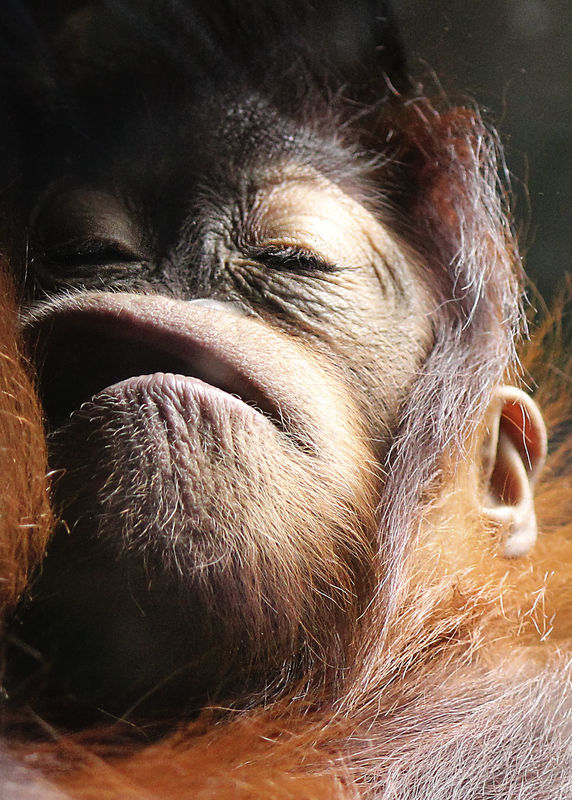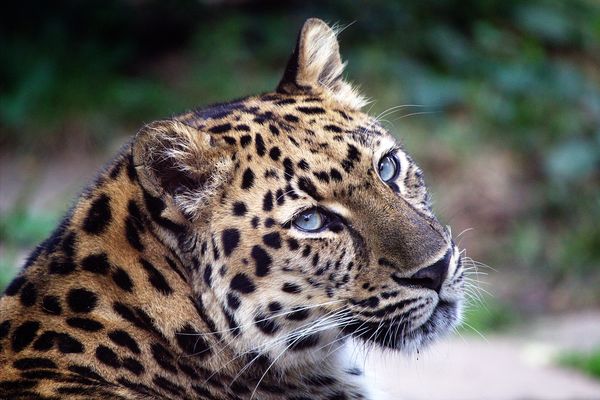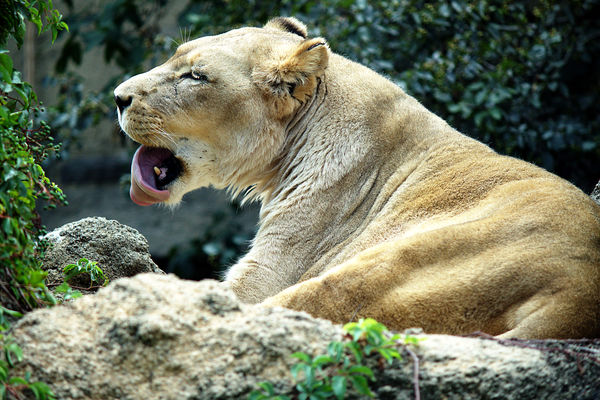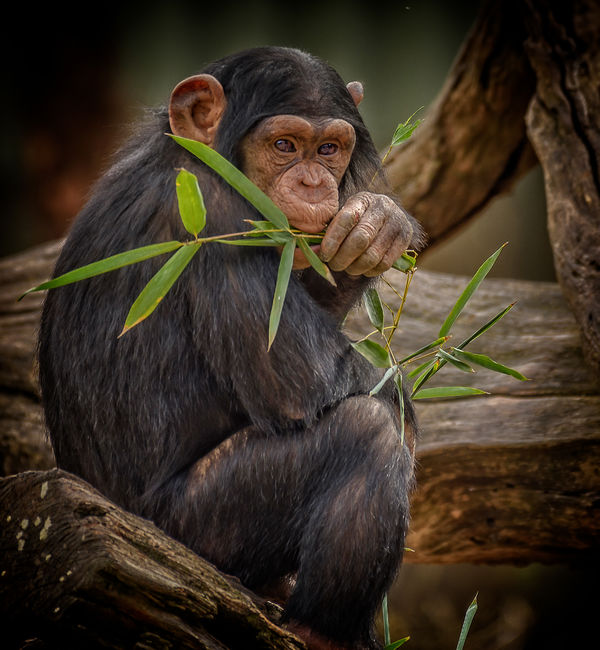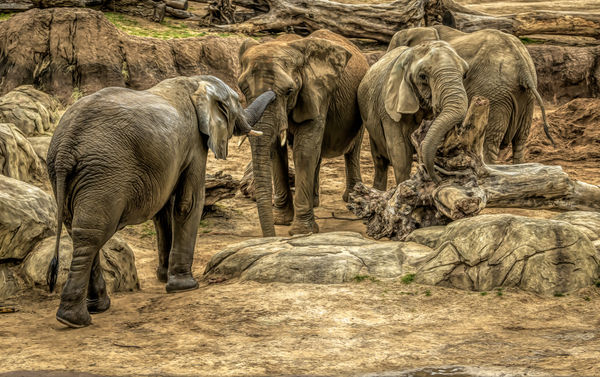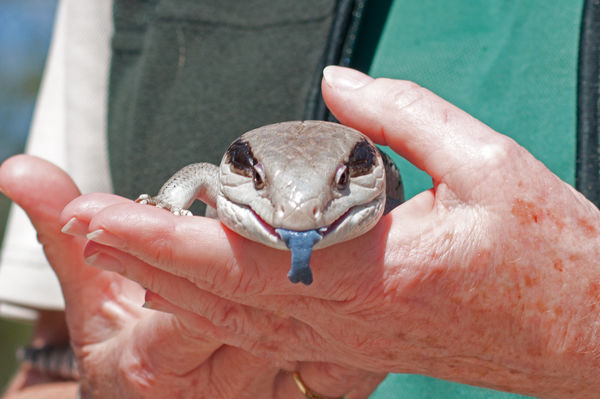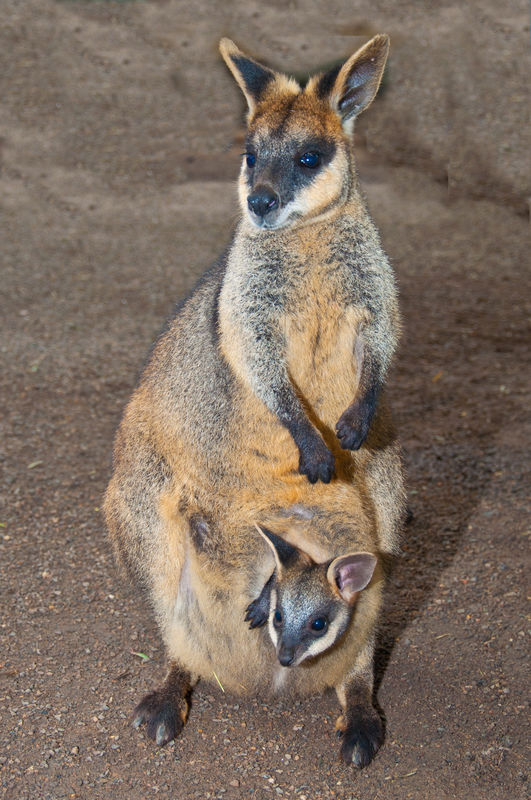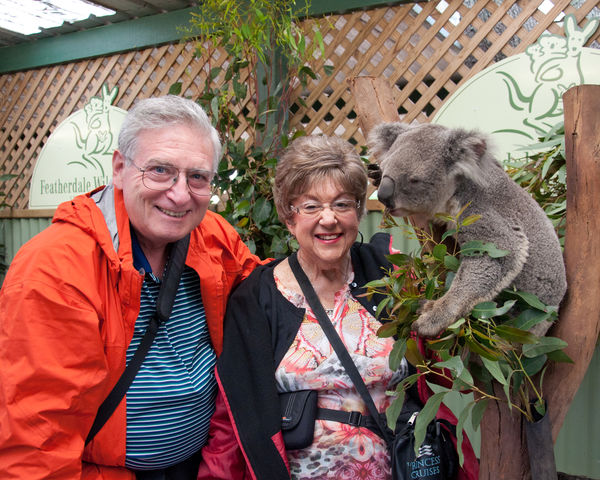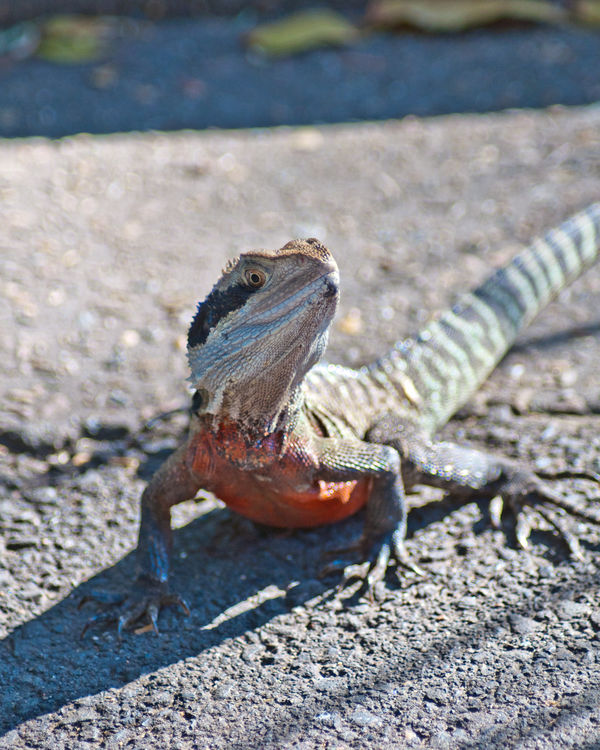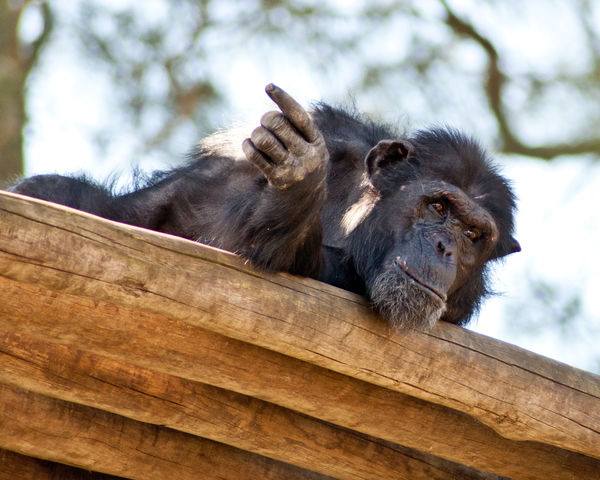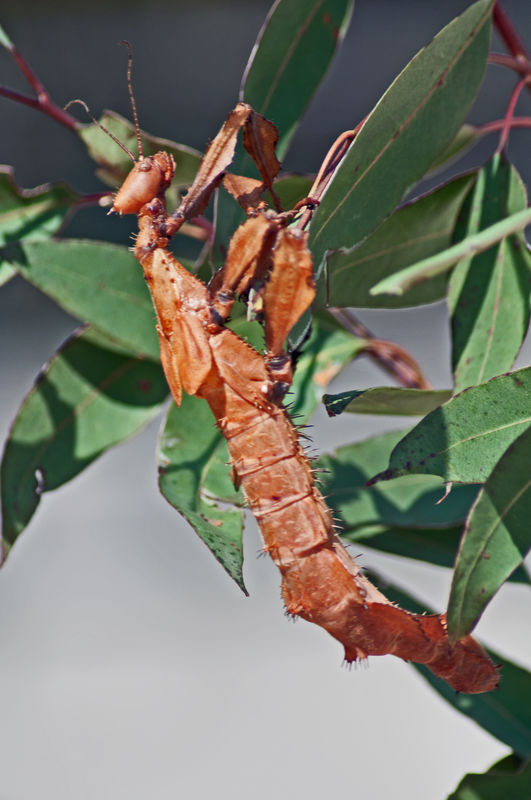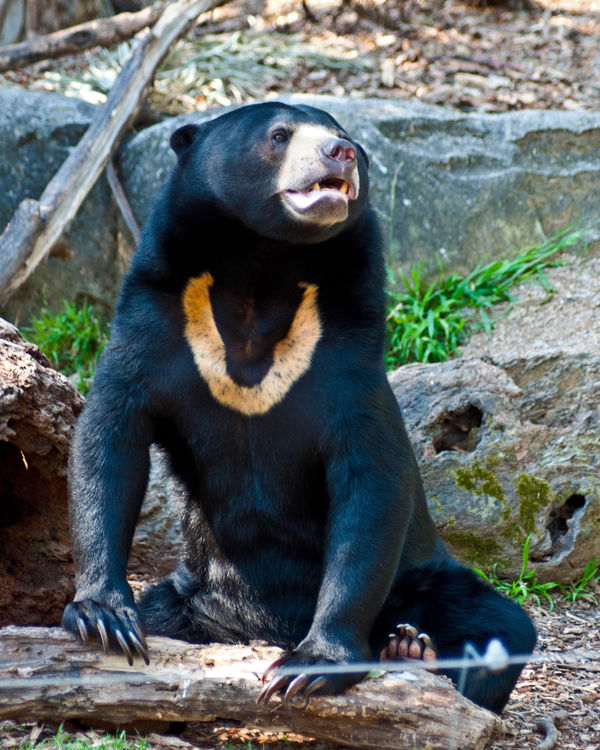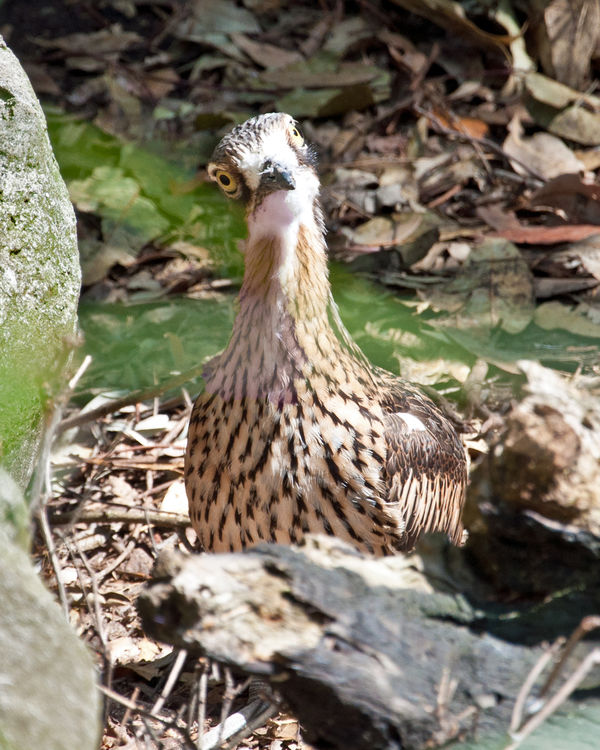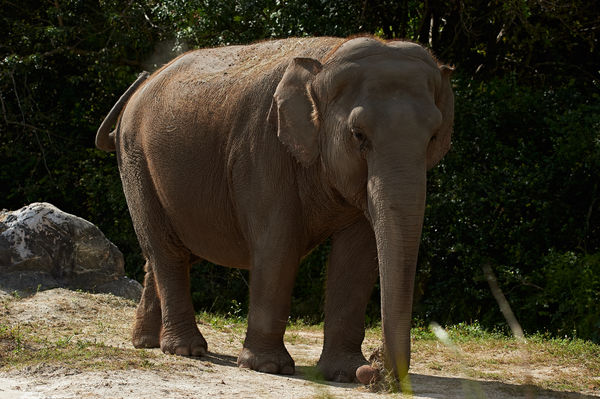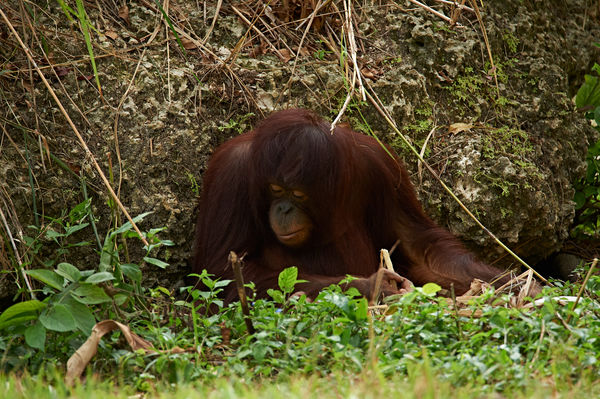Photoshoot at a Zoo
Dec 30, 2018 11:38:58 #
Dec 30, 2018 12:01:17 #
DavidPine wrote:
If you are anti-zoo, I suggest that you get involved and discover the facts.
Very well stated sir, WHILE you are enjoying FREEDOM to do as you please.
Now may I suggest that you try living behind bars and see how you like it?
Dec 30, 2018 12:57:43 #
AMO
Loc: Pennsburg, PA
In addition to the suggestions from others, I would say get close as you are allowed to the glass of any enclosures and if possible shoot with the camera parallel to it. This will help reduce glare and reflections. Most of all, have fun.
Here are some pictures from the Philadelphia Zoo. All were taken with a Canon 3Ti and the kit 55-250mm lens.
Here are some pictures from the Philadelphia Zoo. All were taken with a Canon 3Ti and the kit 55-250mm lens.
Dec 30, 2018 13:01:53 #
jaycoffman
Loc: San Diego
suntouched wrote:
My own personal bias but I hate to see animals that are meant to run free kept in captivity in too small, dirty areas with everyone gawking at them. I hate zoos!
I had always agreed with you about zoos and even now with some of the best I feel horrible for some of the animals that really should be left in the wild. However, upon moving to San Diego and right next to the zoo I've modified my thoughts. This zoo is particularly clean and the animals are really well cared for (not only from observation but also from our neighbor/friend who is a zoo keeper there and works with the animal health). This zoo is also very good at outreach and education and makes a big deal of pointing out the status of the animals in the wild and how at risk they are and why. They also have an international breeding program that helps some species be returned to the wild. However, this does not completely make me feel really good about captive animals so it's a constant balancing for me.
AS TO THE QUESTION--I have attended a special photography training at our zoo and found it very helpful. We got to go in before the public was allowed in so we could work with the professional photographers and have plenty of room to set up tripods and plan our shots. I think we all learned quite a bit about shooting animals. I still keep my zoo animal pictures separate from my wild animal shots because they are two different things but the zoo pictures do help me identify and see how each animal relates to pictures. Over all it was a positive experience.
Dec 30, 2018 13:20:55 #
IDguy
Loc: Idaho
Marvelous images!
I saw no evidence of tour operators baiting wildlife on my visits to four parks in Africa. Park rules prohibit it.
I saw no evidence of tour operators baiting wildlife on my visits to four parks in Africa. Park rules prohibit it.
Dec 30, 2018 13:32:05 #
Great points David, your shots from all the major zoos and shelters in Texas has been very inspiring. I need to take up that angle in addition to my love of being in the wild in the state and national parks and refuges. Keep up the good work!
Dec 30, 2018 13:42:10 #
If you do a search on Flickr for zoo shots, you will see that many of them have the exif data. You can check to see what camera is used , as well as what lens
Dec 30, 2018 13:43:42 #
Gene51 wrote:
Many years ago while visiting one of my favorite photo equipment stores in NYC - FotoCare - they had an exhibit done by a local photographer of animals in the Central Park Zoo. But rather than try to show them to appear to be in their natural habitat, the photographer, who's name I can't remember, chose instead to shoot them as unhappy in captivity, and included fencing and bars in every shot. This was in the early 70s, and the images left a tremendous impact on me.
In 1981, observing a lone gorilla, confined behind bars in a small cage within the Central Park Zoo, was one of the saddest moments of my life.
That said, the movement of zoos & wild animal parks toward natural habitat enclosures must proceed - - these facilities are, in many cases, going to be the only safeguard between survival and extinction of many endangered species.
___________
Dec 30, 2018 13:50:42 #
Dec 30, 2018 14:03:50 #
DavidPine
Loc: Fredericksburg, TX
Thank you and everyone else who had nice comments to offer. I am a Nikon shooter and I use two cameras and three lenses and hand hold. I've tried tripods and monopods with minor success. I use a Nikon D850 and a Nikon D500. My primary setup is the D850 with a Nikon 300mm f/2.8. I mount the D500 with the Nikon 200-500 f/5.6 and sometimes the 70-200 f/2.8. I almost always shoot as wide open as a lens will allow. Mostly at f/2.8 unless the exhibit provides true clear openings. I seldom shoot through glass or plastic – it's mostly dirty. I talk a lot with the keepers and most always thank them for taking care of and loving their animals. Most of the keepers love the animals more than people. Usually, the animals will[ affection toward their keepers. I try to only shoot animals that will chance a look at me so I can focus single servo on an eye (usually general vicinity). I will always rent a cart, use my canvas cart or rent an electric cart to get about the zoo. I carry a lot of equipment and I can't lug it any longer. When I know I've made a really good image I will do everything I can to share it with a keeper or the zoo. I share any knowledge I have gained with other photographers that are interested in what I do. I never attend a zoo on a weekend and not normally on a Friday. I buy memberships, tee-shirts, hoodies, caps, and hats. quote=BrentHarder]Your photos and use of your camera really show how an expert can pull out the very best in a zoo condition. I agree, $10 isn't much to pay for the fun photo adventure you have captured. You could have told us that these photos were taken on an African photo safari and I would have believed you........of course that would have cost much more than $10. Excellent work. Please share with us what camera and lens you were shooting with.[/quote]
Dec 30, 2018 14:09:22 #
amfoto1
Loc: San Jose, Calif. USA
There are "bad" zoos... and there are good zoos with large, natural enclosures, doing excellent work perpetuating species that are endangered and threatened in the wild. Generally speaking, an animal in a zoo will live a much longer life than one in the wild. There is no way to ever resolve the question whether or not the animal's life is "better" in or out of a zoo. The best zoos do a lot of enrichment with their animals. Some zoos rehabilitate injured animals and then release them back into the wild. But some animals simply wouldn't survive in the wild for various reasons. And many zoos do a lot of work acquainting people with animals and encouraging active efforts to preserve and protect them in the wild.
I'd love to go photograph the animals in the wild in Madagascar, Africa, etc. But I've had to settle for Wildlife Safari and Howling Acres Wolf Sanctuary in Oregon, the Oakland and San Diego zoos in California and other "more local" opportunities to see and photograph some interesting critters:

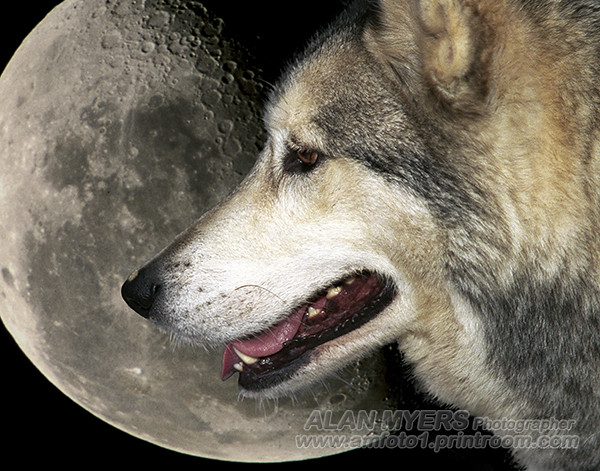
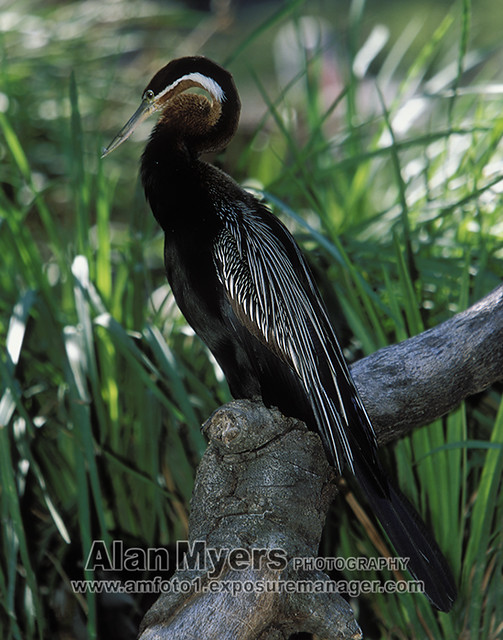

The following aren't zoo animals, even though I photographed them at various zoos. They're called "drop ins".... Local or migrating birds that stopped by for a free, easy meal, but are free to leave whenever they wish. Some of them stick around though, so life in those zoos must not be too bad!
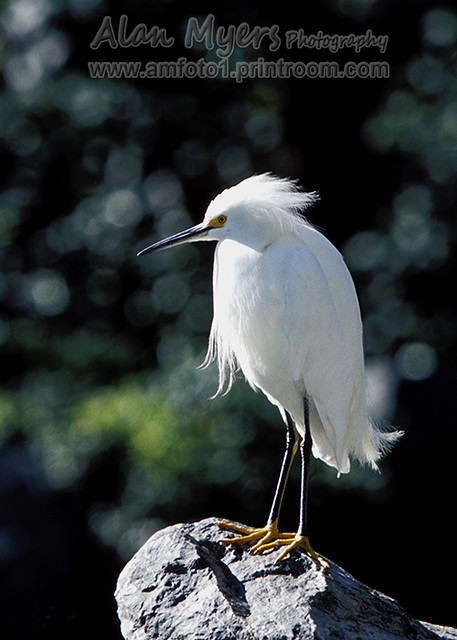
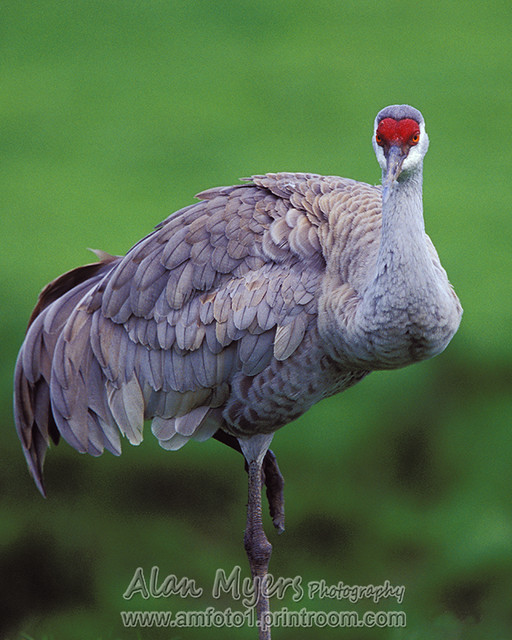

This pretty young coyote probably would have been a whole lot safer in a zoo, than in the parking lot behind where I live, where she would visit daily for about 6 months. Hopefully she found her way into the nearby hills and a more "normal" wild life.
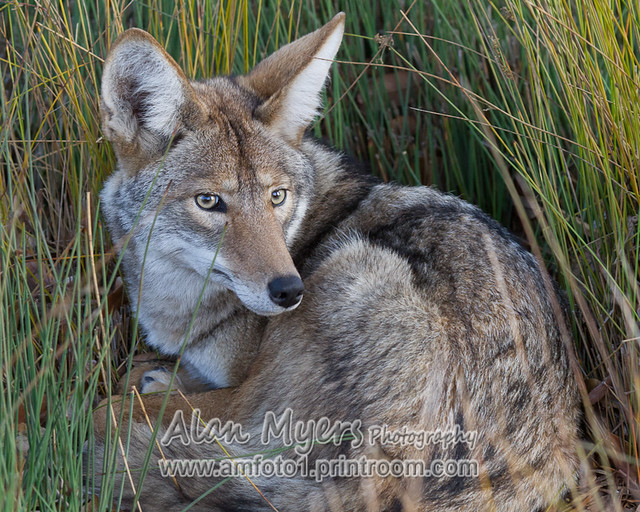
My best advice for zoo photography is to be very aware of backgrounds and patient, try to get shots with natural looking backgrounds. A fairly long telephoto to keep shots tight and moderately large aperture for background blur can help. Also try to time your visits... go during the week when there are fewer people and early in the morning when most animals are more active. Feedings may be another active time. Photos sessions such as the original poster mentioned can be particularly good opportunities.
Some have mentioned shooting through glass and fences, which is possible if you get close enough with a long telephoto lens and use a large enough aperture. With glass, it can help to use a rubber lens hood and press it right up against the glass. However, there's going to be some loss of image quality in either case. It will always be better if you can find an angle with no obstructions.
I'd love to go photograph the animals in the wild in Madagascar, Africa, etc. But I've had to settle for Wildlife Safari and Howling Acres Wolf Sanctuary in Oregon, the Oakland and San Diego zoos in California and other "more local" opportunities to see and photograph some interesting critters:




The following aren't zoo animals, even though I photographed them at various zoos. They're called "drop ins".... Local or migrating birds that stopped by for a free, easy meal, but are free to leave whenever they wish. Some of them stick around though, so life in those zoos must not be too bad!



This pretty young coyote probably would have been a whole lot safer in a zoo, than in the parking lot behind where I live, where she would visit daily for about 6 months. Hopefully she found her way into the nearby hills and a more "normal" wild life.

My best advice for zoo photography is to be very aware of backgrounds and patient, try to get shots with natural looking backgrounds. A fairly long telephoto to keep shots tight and moderately large aperture for background blur can help. Also try to time your visits... go during the week when there are fewer people and early in the morning when most animals are more active. Feedings may be another active time. Photos sessions such as the original poster mentioned can be particularly good opportunities.
Some have mentioned shooting through glass and fences, which is possible if you get close enough with a long telephoto lens and use a large enough aperture. With glass, it can help to use a rubber lens hood and press it right up against the glass. However, there's going to be some loss of image quality in either case. It will always be better if you can find an angle with no obstructions.
Dec 30, 2018 14:30:35 #
bpulv
Loc: Buena Park, CA
bpulv wrote:
img src="https://static.uglyhedgehog.com/images/s... (show quote)
My wife and I try to visit zoos whenever we travel. Living in Orange County, California, we go to both the San Diego Zoo and the Zoo's Safari Park at least once a year and it is a tariffic zoo for photography. However, I want to call your attention to another outstanding zoo and wildlife sanctuary we visited when we went to Sydnia, Australia a few years ago. The Taronga Zoo and Featherdale Park Sanctuary. The zoo is small when compared to the San Diego Zoo, but most zoos are. The zoo is very modern and logically laid out. Most non-dangerous animals are not caged so you are not photographing through bars. The major emphasis is on Australian species, but all the continents are well represented. At Featherdale Park, you can get up close to many of the animals and even touch and feed kangaroos; even those with joeys in their pouch. You can also get close up and personal with a koala and other exotic species. The photographs below were taken at those two locations.
Dec 30, 2018 15:22:50 #
tommy2 wrote:
I see many great photos of animals on this website... (show quote)
A decent long zoom and just about any DSLR will do fine.
I went to Zoo Miami last week. To save bulk and weight I carried only a Nikon Df (16 MP), a single lens (150-600 Tamron G2) and a monopod.
150mm was a little too long only a couple of times where I could not back up. 600mm was longer than necessary most of the time.
More important is to get to the zoo as early as possible - feeding time is great if you can pull it off.
Many animals are inactive during the middle of the day. Lions and tigers are likely to be resting with their backs to you.
Dec 30, 2018 15:25:59 #
suntouched wrote:
My own personal bias but I hate to see animals that are meant to run free kept in captivity in too small, dirty areas with everyone gawking at them. I hate zoos!
Suntouched, if it were not for properly operated zoos, many species would be extict. Also, zoos help to educate people about wild animals. This translates into more donations for wildlife protection. Until we end wildlife poaching and trophy killing, zoos will be an invaluable resource to prevent extinction of some animal species.
I hate to see animals in cages. The organization that certifies zoos is continually raising the requirements for captive animals.
Dec 30, 2018 15:26:48 #
Always keep in mind that any photos that you post from the zoo should include the notice that these are captive animals so that no one is misled about where the shots were taken. Also, many zoos require releases regarding on how photos can be used. Since this is a planned shoot by a local camera store, I assume they have covered the releases but you may want to check.
If you want to reply, then register here. Registration is free and your account is created instantly, so you can post right away.


